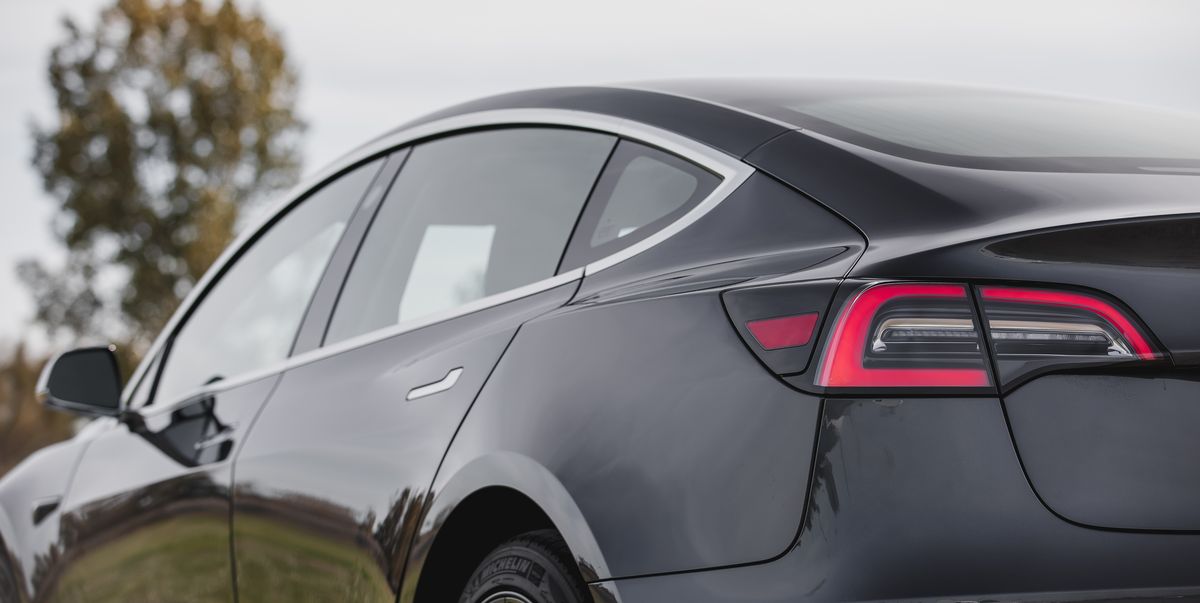Hi JB, you bring up a good question and one that I've discussed before with friends of mine after I purchased my car. The long answer is, starting about 9 years ago in 2012, Tesla funded the Supercharger network out of their own pocket. They did this knowing full well people are much less likely to purchase an EV if it needs to remain within 50% of the total range from home. Charging at home might work well for commuting to work, but Tesla knew people would be less likely to purchase an EV unless there is also charging infrastructure to allow their car to drive long distances.
Since Tesla built the SuperCharger network, they have every right in saying who can use it. Unlike Electrify America, the SuperCharger network is 100% a private venture, no government involvement, so Tesla gets to control that network including how much they charge to use it. Elon Musk stated that if other manufacturers want to use the SuperCharger network, he's open to a partnership, but any manufacturer would need to adopt the Tesla charging plug as well as the electronics to talk to the network (at least in North America, I will get to Europe in a minute). To date, there is only one company that may take Tesla up on their offer, that is Aptera. However, Aptera is a niche market 3-wheeled vehicle, which probably won't sell many cars.
Europe is a slightly different story. Instead of Tesla's proprietary plug, a Tesla sold in Europe uses the CCS charging standard because a few years back the EU dictated that any new cars sold in Europe needs to use the CCS standard. However, in that case, all Tesla did was retrofit the existing SuperCharger stations and a few hundred or a few thousand cars that were on European roads at the time. So, if you are in Europe you still use a Tesla SuperCharger if you want, but you can also use any charging station that has a CCS DC fast charge plug. The difference being, other brands that also have a CCS plug, cannot use the Tesla charging stations for the same reason as in the US, Tesla built the SuperCharger network in Europe using private funds, so they get to say who can use the chargers. Side note, there have been reports of VW looking at using the European Tesla network but nothing has been made public. Asia is another story I won't get into, but you can always look that up.
Having autonomous control of the SuperCharger network allows Tesla to better serve their customer by locating charging stations in areas where there is demand, and when demand increases, as they sell more cars, Tesla increases or builds more SuperCharging stations in those high demand areas. However, Tesla also built out their SuperCharger network for owners to drive coast-to-coast in the US & Canada, as well as country to country in Europe. I believe there are very few places in the US that a Tesla owner could not drive, given the range of their car and how widespread the SuperCharger network has become.
Also, since Tesla does not look at the SuperCharger network as a main source of revenue, they only charge enough to cover the operating costs of the SuperCharger network. Away from home, it costs me 1/3rd as much to charge my Tesla than it would on say an owner of a Mustang Mach E charging at an Electrify America network.
I can go into more details but I will stop here and wait for more questions.






